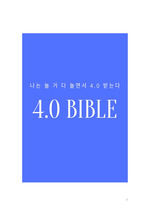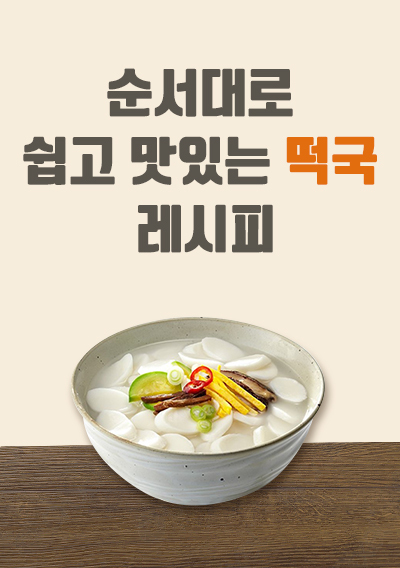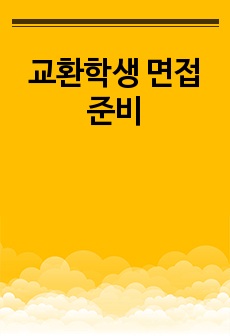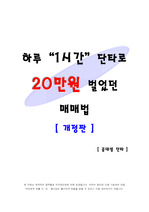샤르댕의 아동 교육 장르화- 18세기 프랑스 부르주아의 계몽주의적 아동관
(주)코리아스칼라
- 최초 등록일
- 2016.04.02
- 최종 저작일
- 2009.12
- 25페이지/
 어도비 PDF
어도비 PDF
- 가격 6,300원

* 본 문서는 배포용으로 복사 및 편집이 불가합니다.
서지정보
ㆍ발행기관 : 한국미술이론학회
ㆍ수록지정보 : 미술이론과 현장 / 8권
ㆍ저자명 : 고유경
목차
Ⅰ. 서론
Ⅱ. 18세기 프랑스 화단의 새로운 바람
Ⅲ. 샤르댕의 아동 교육 장르화 분석
1. <가정교사>: 어린이다움과 예절 교육
2. <근면한 어머니>: 근면하고 정숙한 전통적소녀 교육
3. <식사기도>: 신앙과 미덕의 교육 장소인 가정
4. <아침단장>: 아이를 잘 양육하는어머니다움
Ⅳ. 18세기 전반 프랑스 부르주아의 가정적 이상과아동교육관
1. 부르주아의 가정적 이상
2. 계몽주의적 아동관의 발달과 양육 태도의 변화
Ⅴ. 결론
참고문헌
Abstract
영어 초록
This paper examines four genre paintings on the subject of child education by Jean-Baptiste-Siméon Chardin(1699-1779). The Governess, The Diligent Mother, Saying Grace, and The Morning Toilette garnered critical attention after they were exhibited in the Salon from 1739 to 1741. After the exhibition, the paintings were made into prints and frequently sold to members of the bourgeois class in Paris. The iconographical details of Chardin’s genre paintings have, thus far, been compared to Dutch genre pictures of the seventeenth century. Further, most studies conducted on Chardin’s paintings focus on formal analysis rather than the historical and social contexts. Through attempting social-contextual readings of Chardin’s educational series, this paper argues that the significance of Chardin’s painting series of child education lies in his representation of the ideal French bourgeois family and the standard of early childhood education in the eighteenth-century French Enlightenment period. In each of the four child education paintings, Chardin depicted a mother with children in a domestic space. Even though this theme derives from traditional Dutch genre paintings in the seventeenth century, the visual motifs, the pictorial atmosphere and the painting techniques of Chardin all project the social culture of eighteenth century France. Each painting in the child education series exemplifies respectively the attire of a French gentlemen, the social view on womanhood and the education of girls, newly established table manners, and the dressing up culture in a ‘toilette’ in eighteenth century France. Distinct from other educational scenes in previous genre paintings, Chardin accentuated the naive and innocent characteristics of a child and exemplified the mother’s warmth toward that child in her tender facial expressions and gesturing. These kinds of expressions illustrate the newly structured standard of education in the French Enlightenment period. Whereas medieval people viewed children as immature and useless, people in the eighteenth century began to recognize children for their more positive features. They compared children to a blank piece of paper (tabula rasa), which signified children’s innocence, and suggested that children possess neither good nor bad virtues. This positive perspective on children slowly transformed the pedagogical methods. Teaching manuals instructed governesses and mothers to respect each child’s personality rather than be strict and harsh to them. Children were also allotted more playtimes, which explains the display of various toys in the backgrounds of Chardin’s series of four paintings. Concurrently, the interior, where this exemplary education was executed, alludes to the virtue of the bourgeois’s moderate and thrifty daily life in eighteenth century France. While other contemporary painters preferred to depict the extravagant living space of a French bourgeoisie, Chardin portrayed a rather modest and cozy home interior. In contrast to the highly decorated living space of aristocrats, he presented the realistic, humble domestic space of a bourgeois, filled with modern household objects. In addition, the mother is exceptionally clad in working clothes instead of fashionable dresses of the moment. Fit to take care of household affairs and children, the mother represents the ideal virtues of a bourgeois family. It can be concluded that the four genre paintings of child education by Chardin articulate the new standards of juvenile education in eighteenth century France as well as the highly recognized social virtues between French bourgeois families. Thus, Chardin's series of child education would have functioned as a demonstration of the ideal living standards of the bourgeois class and their emphasis on early childhood education in the French Enlightenment period.
참고 자료
없음
"미술이론과 현장"의 다른 논문
더보기 (2/7)

























